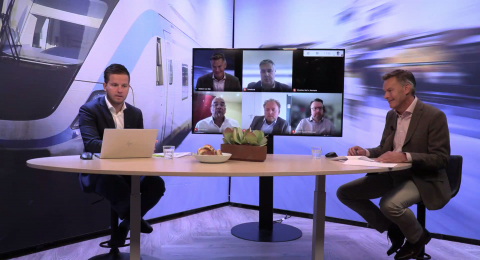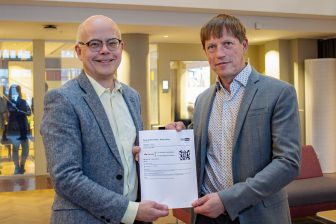
‘Building Information Modeling has a lot of potential for the rail sector’
Last Friday, Royal HaskoningDHV organised the online webinar Building Information Modeling (BIM) for Rail together with SBB, ProRail and the Birmingham Centre for Railway Research and Education. Several speakers discussed different ways BIM can be of great value. “In rail we can learn a lot from other industries, but we need to make those things applicable in our own field”, says Daniël Gmelig Meyling, BIM Lead Transport and Planning at Royal HaskoningDHV.
Want to read more?
You have read all of your free premium articles for this month. Please become a subscriber to keep reading.
Subscribe now!
Take advantage of our exclusive offer to get full access to all premium content.



